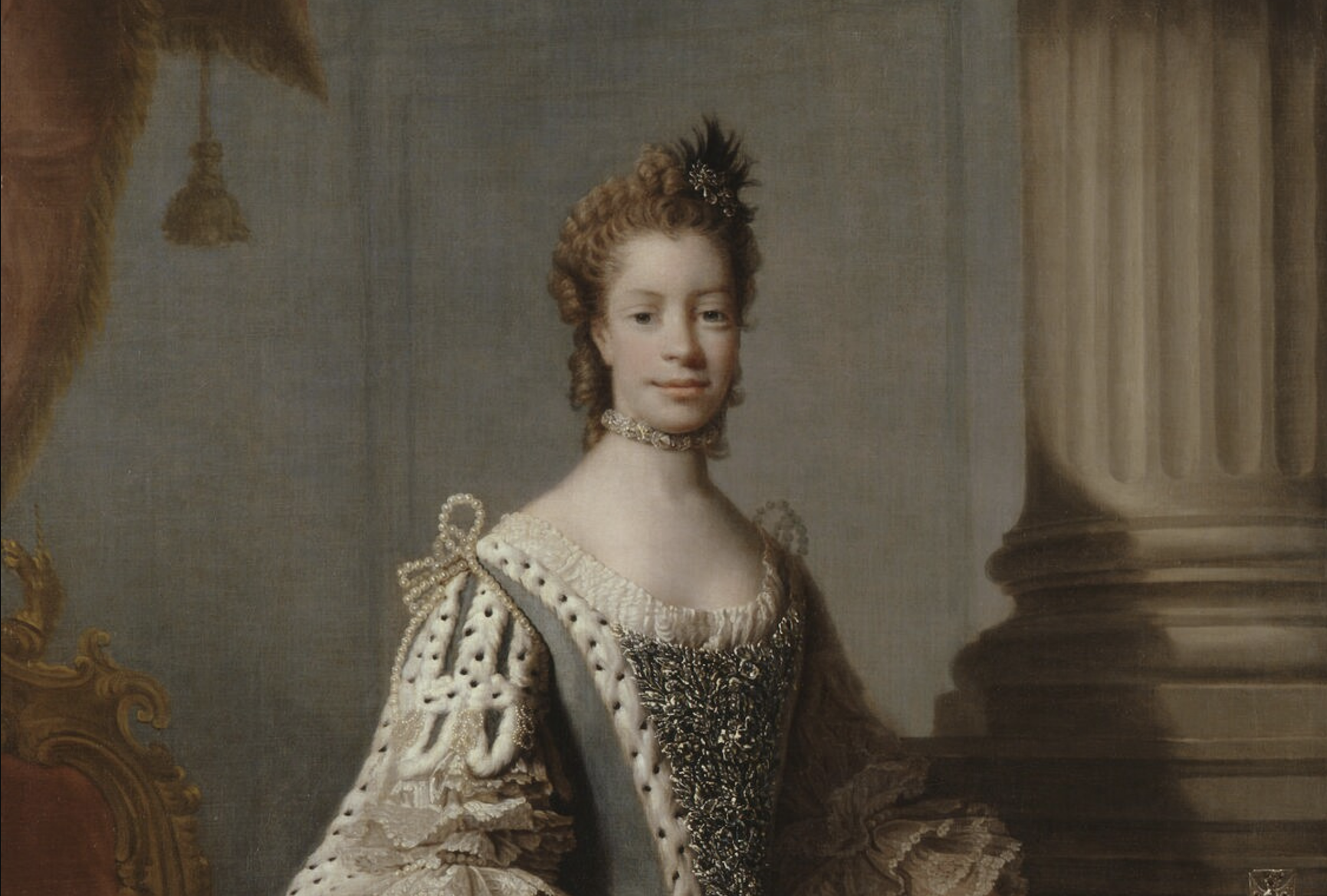Explore some of the mixed-race royals of European history.
In examining the royal families of Europe, one discovers the presence of not only Black people, but also mixed-race people, both of whom have contributed to the history of Europe.
One such mixed-race person is the well-known Queen Charlotte of England and Ireland, who married King George III in the 18th century.
Charlotte’s ancestors were from Mecklenburg-Strelitz, Germany. Her ancestry is said to be German as well as from the Black branch of the Portuguese royal family, Alfonso III and his Moorish mistress.
Despite the fact their marriage was arranged, they nevertheless experienced a deep and loving relationship. They especially shared a love of music and the arts.
However, Charlotte did face discrimination because of her race. She was at times described as ugly because of her prominent ‘mulatto’ features. And yet, as can be seen by the paintings of the queen, these remarks were influenced by racist views regarding what constituted beauty.
On the other hand, some historians have claimed there is a question about her African ancestry despite strong evidence to the contrary.
It is still the subject of a continuing debate, especially because of the implications it suggests. For example, her lineage would mean that her granddaughter, Queen Victoria, would have had black heritage and that Victoria’s future descendants would have as well.
It seems obvious that issues of race continue to plague discussions about not only Queen Charlotte, but also under what circumstances future persons could be legitimate heirs to the thrones in wider Europe.
Charlotte was an intelligent woman who despite her ‘looks' achieved notoriety for her positions on politics, especially her anti-slavery stance and her musical talents.
She bore 15 children; 13 survived into adulthood. She is even well known in America as a city in the state of North Carolina is named after her.
Interestingly, there is evidence that Queen Charlotte may not have been recognised as the first mixed race queen of England.
Queen Philippa of Hainault, who was born in 1310 in Valenciennes in France had Black Moorish ancestry. She married Edward of York, who just before their marriage in 1328, became King Edward III of England. She became queen some two years after her husband’s ascension to the throne in 1330.
Unlike Charlotte, she was not subject to the unfounded criticisms regarding her race and physical appearance. She was instead described according to the medieval writer, Joshua Barnes, as, ‘a very good and charming person who exceeded most ladies for the sweetness of nature and virtuous disposition’.
It is ostensible that mixed-race royals and monarchs were present in both past and present moments in European history.
Despite attempts to erase them from the chronologies of history, painters, writers of literature (i.e. Eschenbach’s Parzival) and progressive historians have made mixed-race royals visible and important characters in the overall story of Europe.
Today we see also mixed-race royal couples such as Princess Angela and Prince Maximillian of Liechtenstein, Prince Harry and Meghan, Duchess of Sussex, and Countess Mary and Ferdinand Leopold Joseph Count von Habsburg of Austria not as anomalies to the normative expectations for what constitutes a ‘proper’ royal union, but rather as persons who have made a commitment to one another.
Therefore, in recognising and accepting the humanity and dignity of all people, we can share a triumphant story of mixed-race people ever contributing to the long and rich history of Europe.

